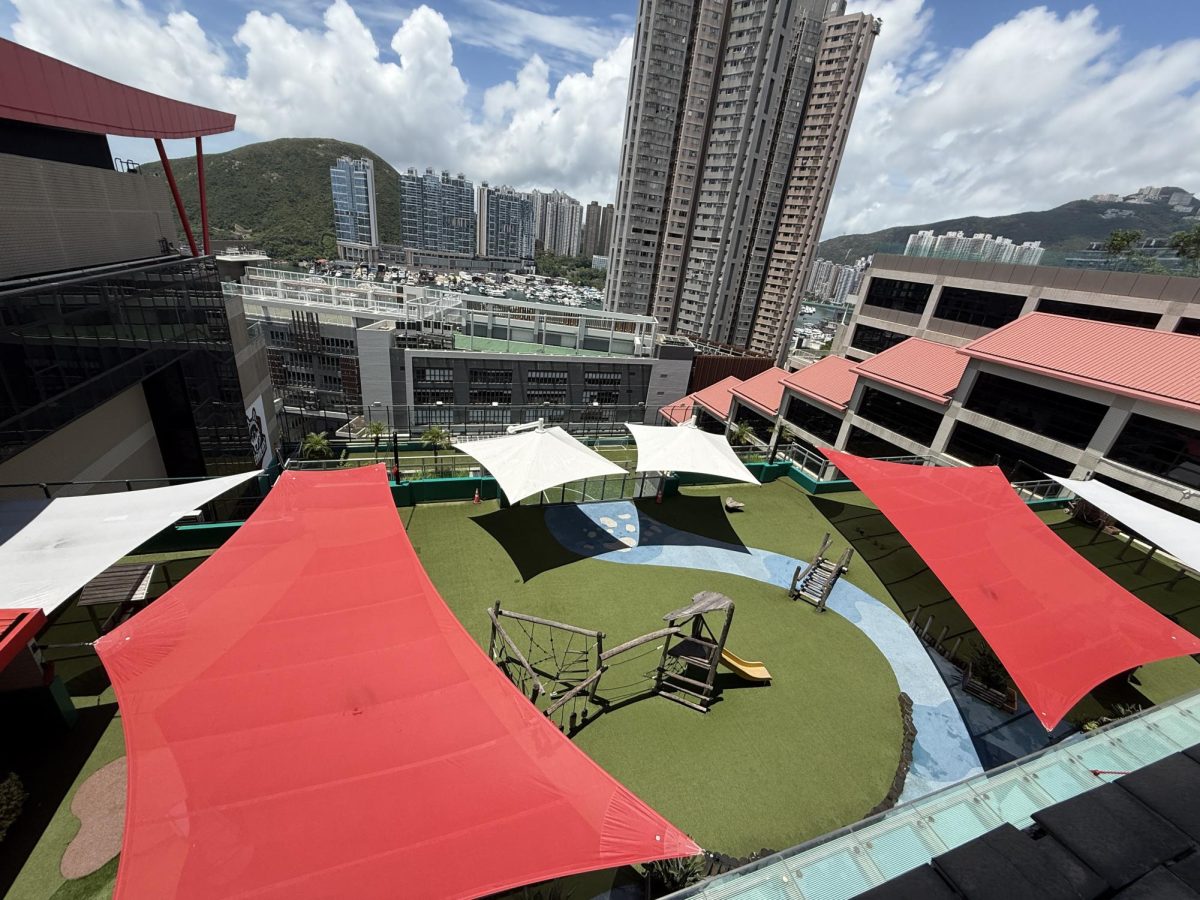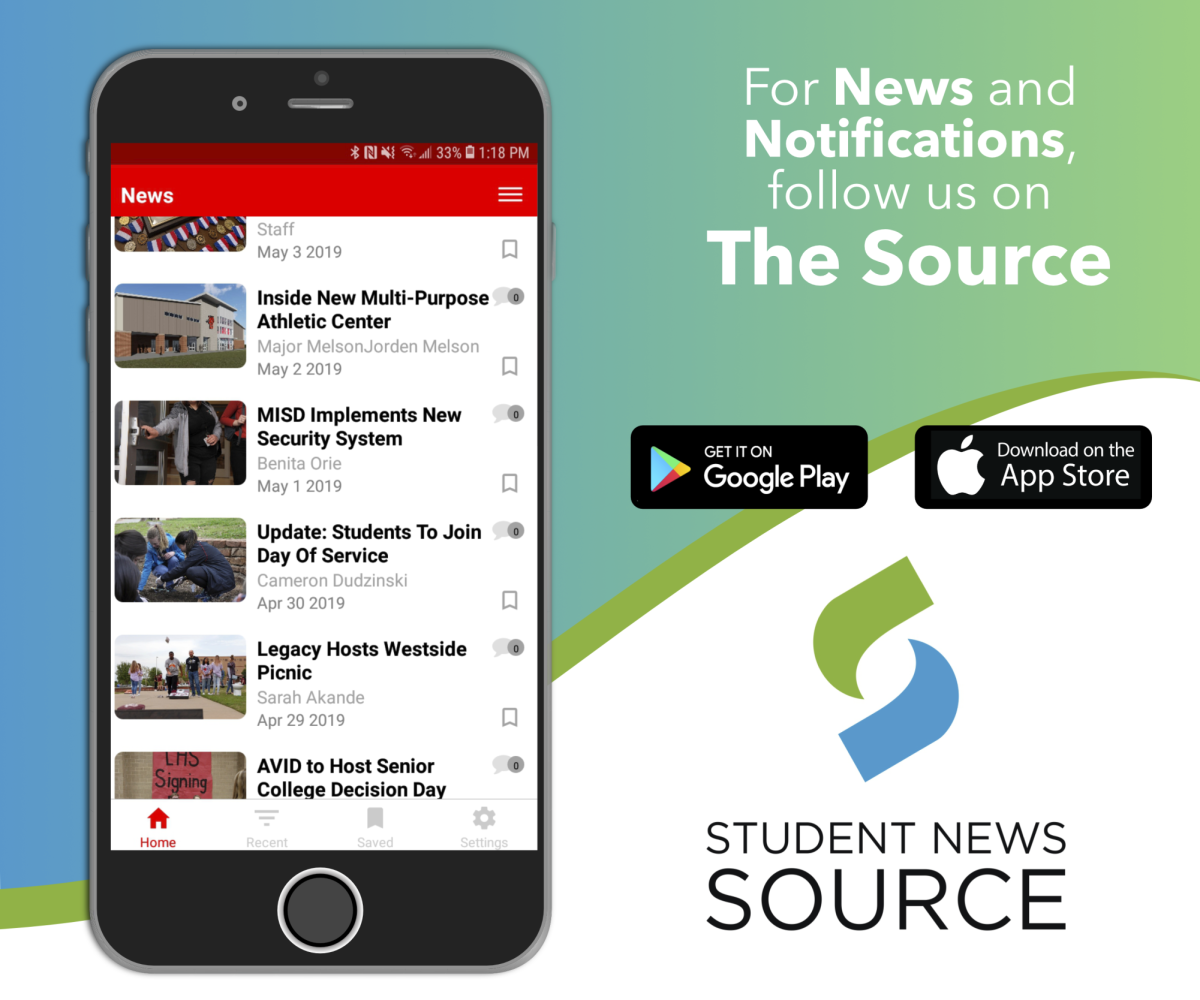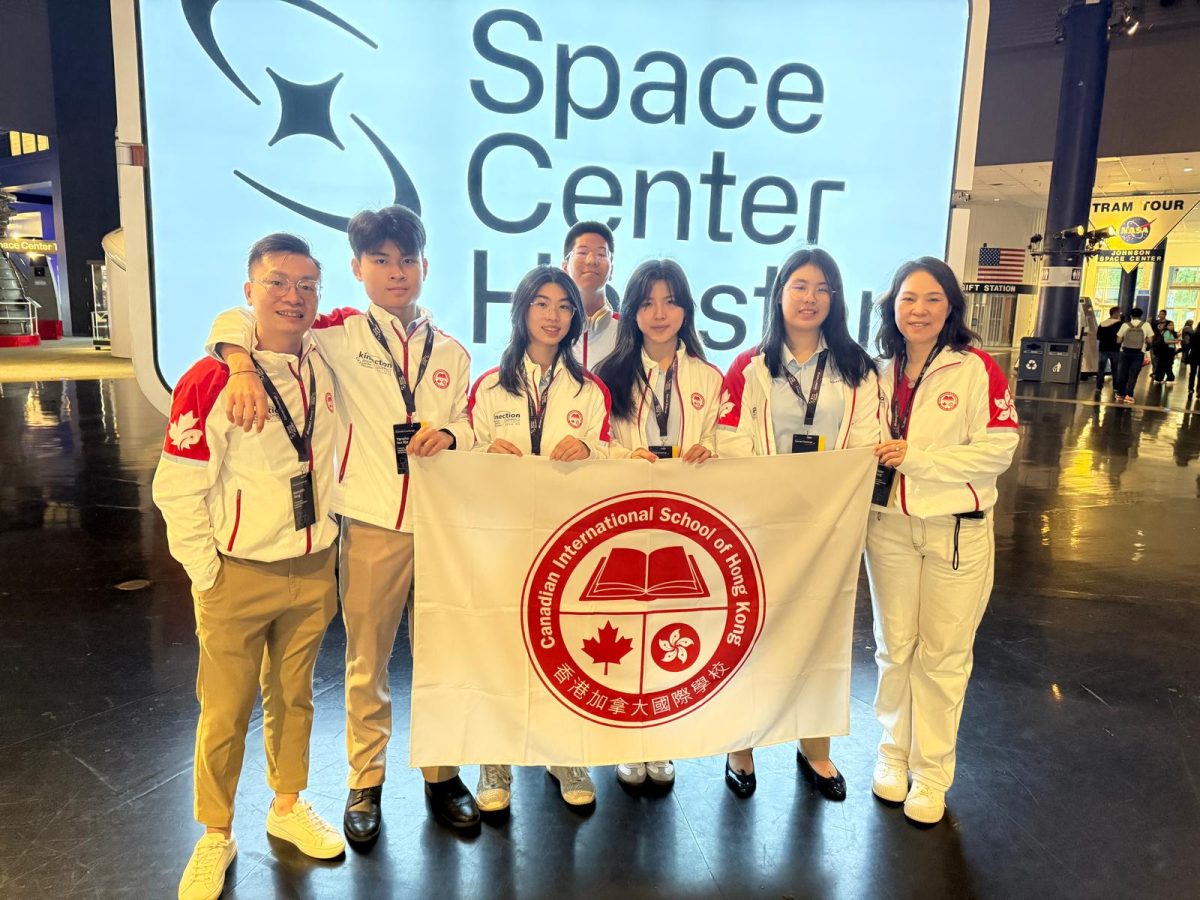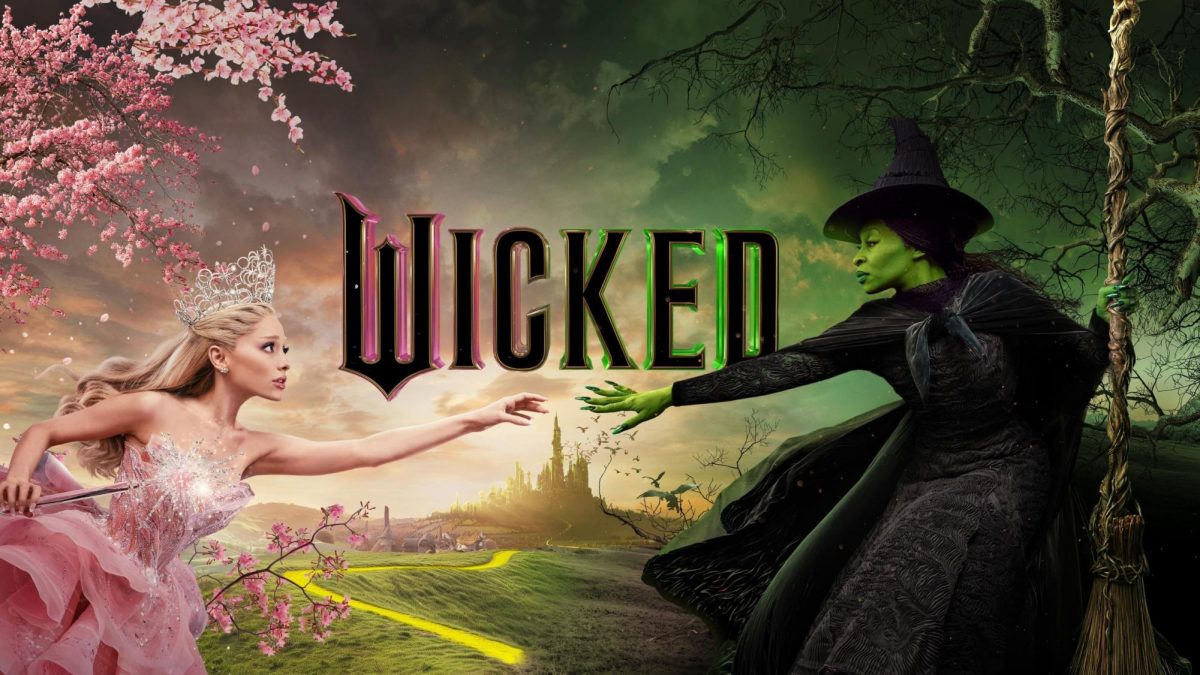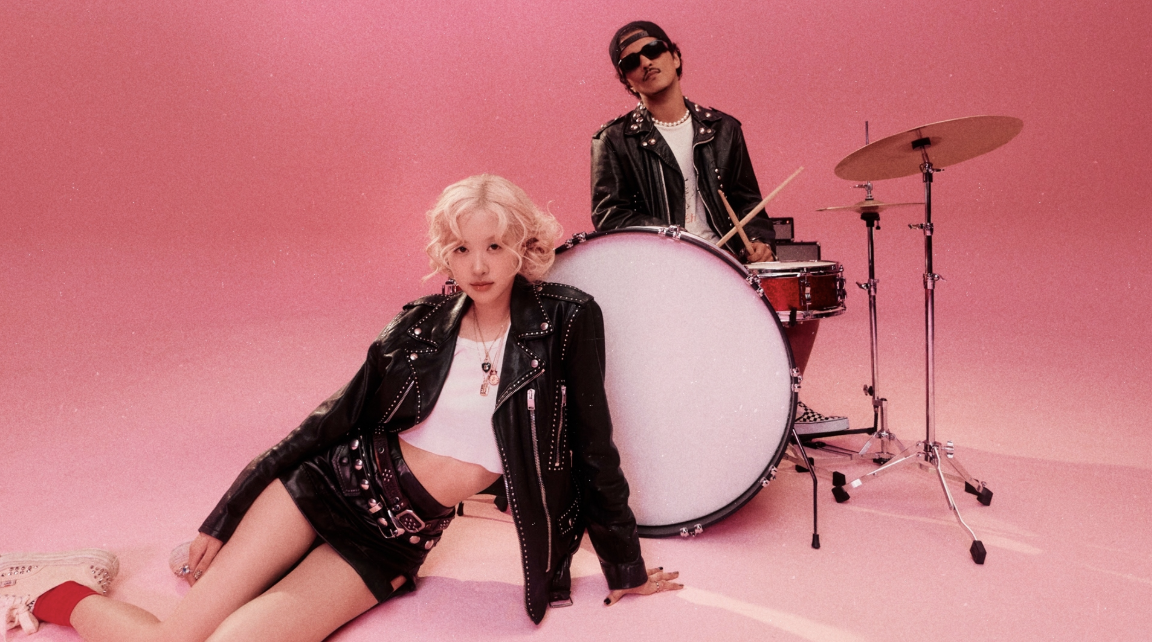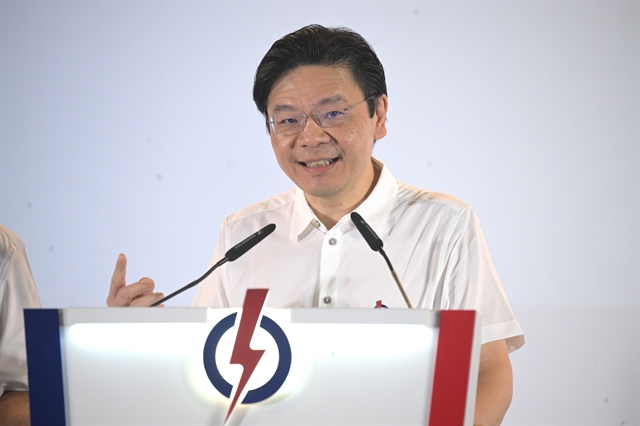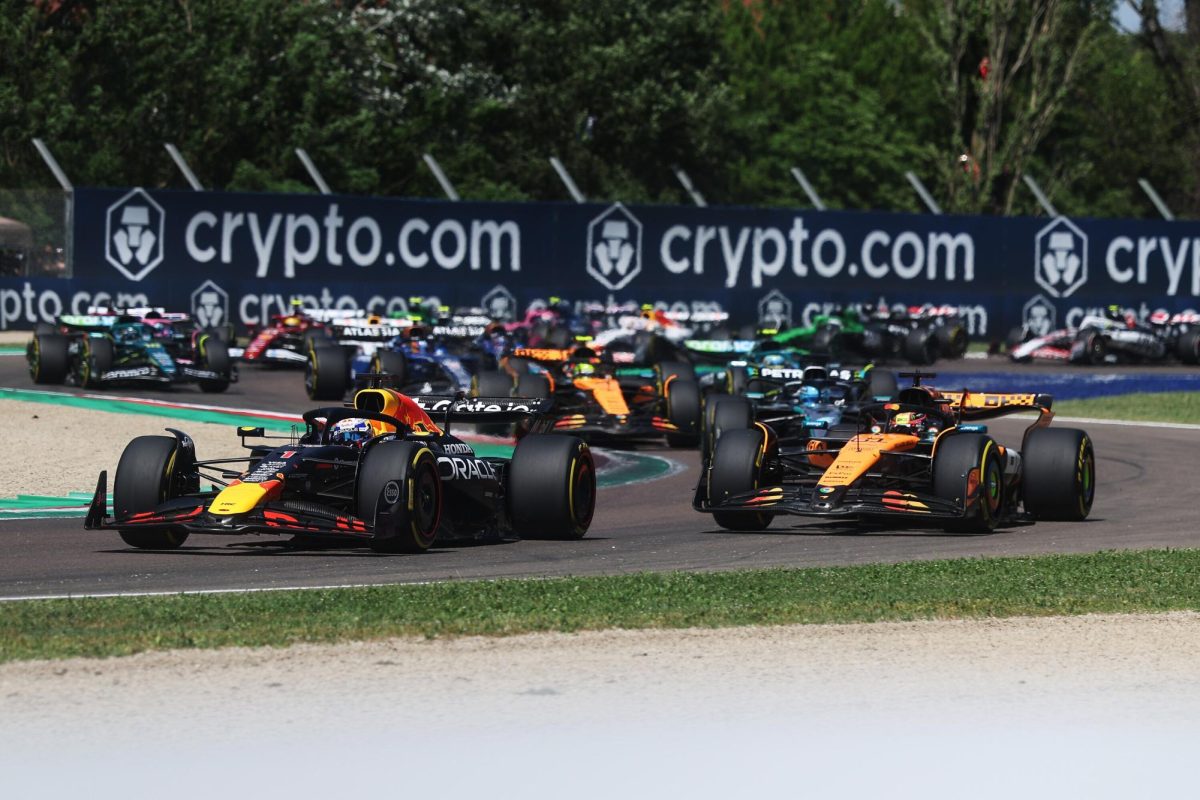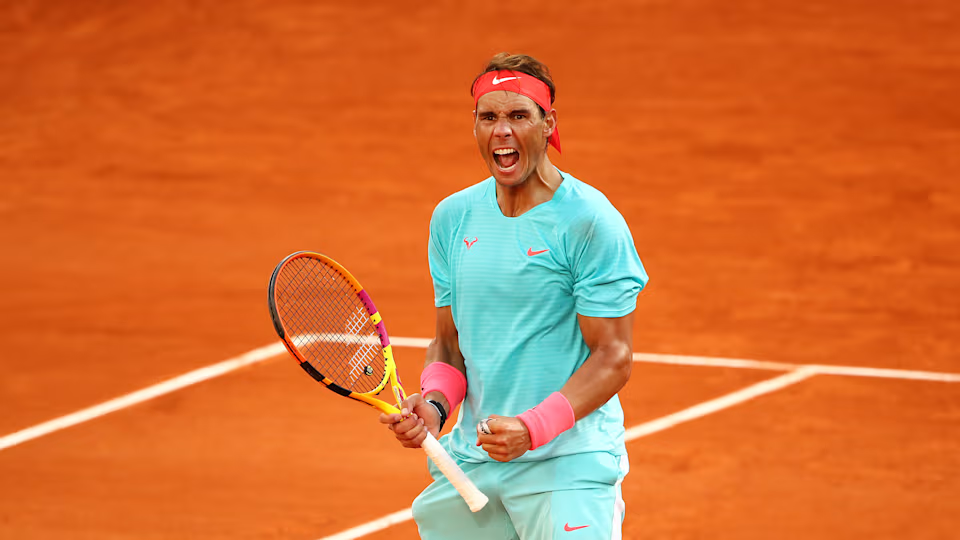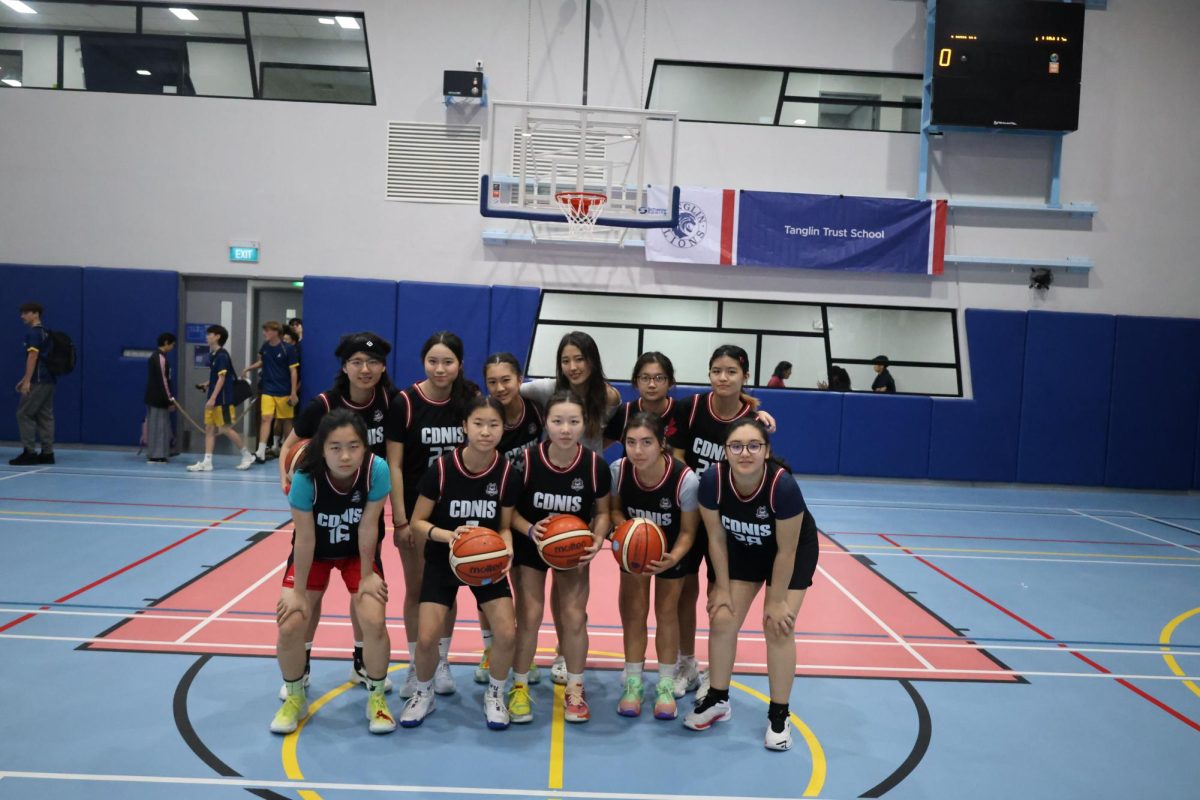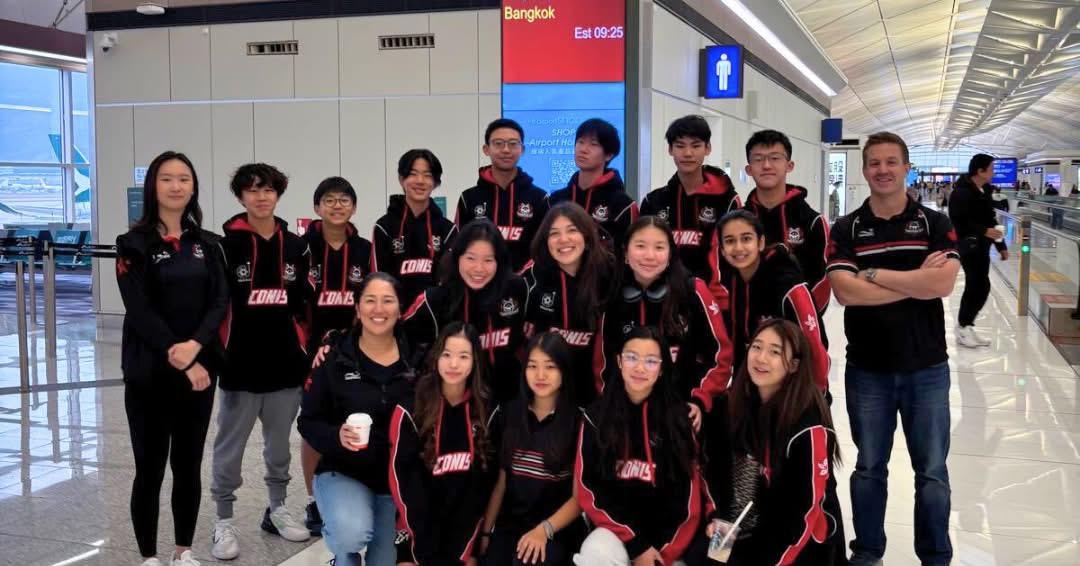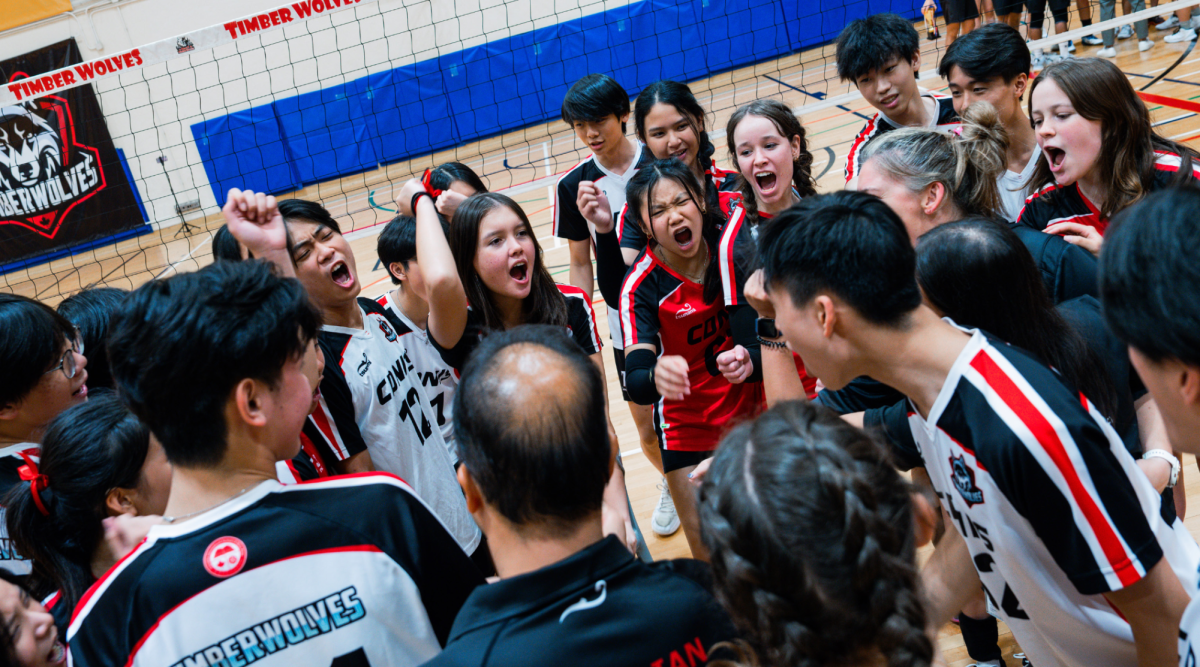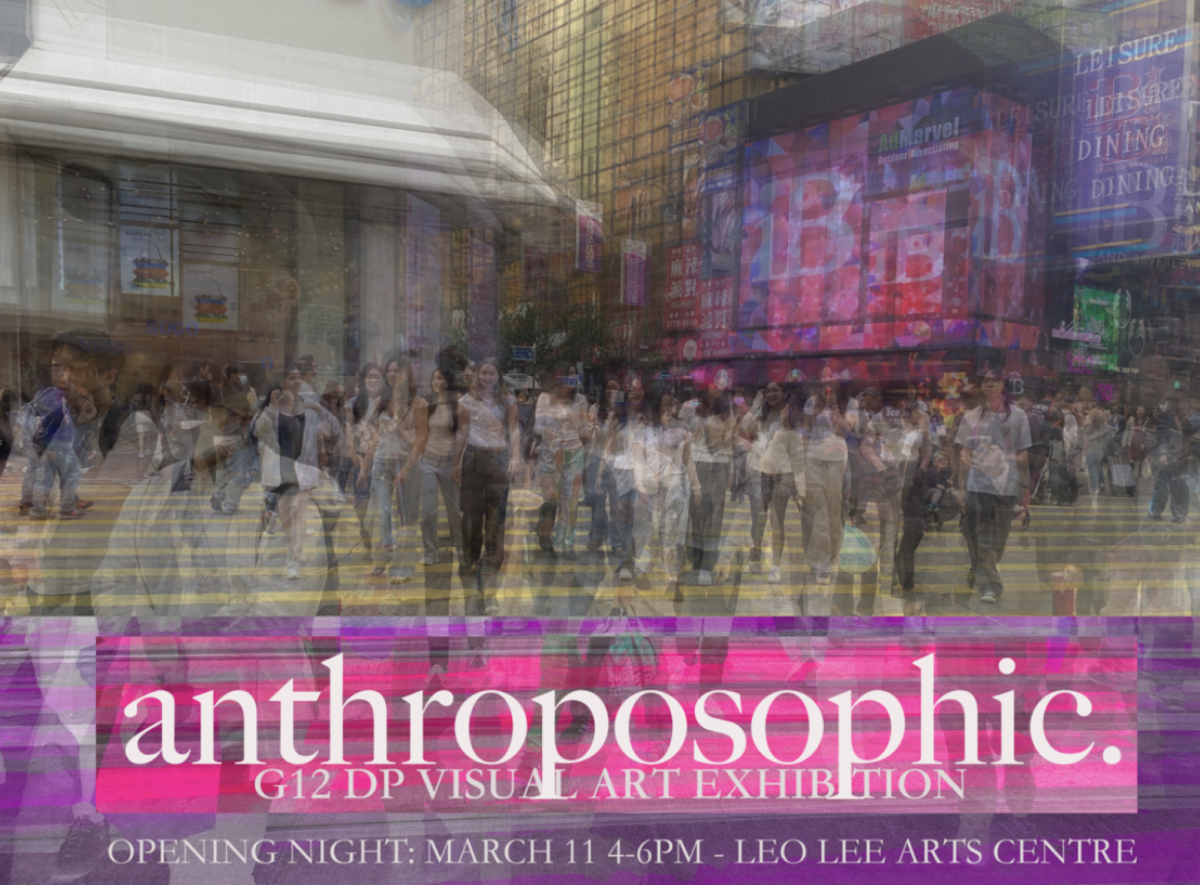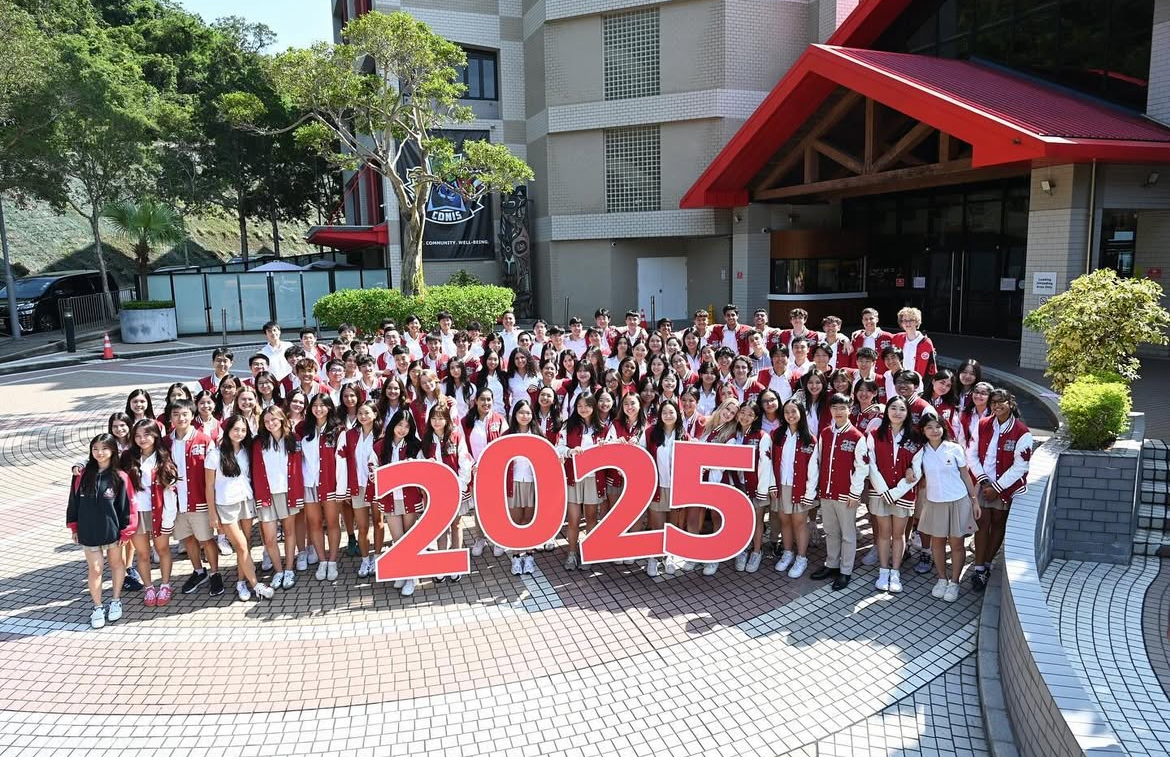“Now for the Silver Medal…”
Mr. Reichardt’s — the Master of Ceremony — charismatic voice broke my train of thought.
“Goes to CircularX from the Canadian International School of Hong Kong!”
My mind was boggled and I was struggling to comprehend the news. We had just won second place in the international open category competition, beating 46 teams from 20 countries and territories. As a €1600 gigantic check signboard was handed to us, Mr. Reichardt revealed that the judges liked our creative solution of implementing blockchain — a distributed ledger that records information as blocks on a chain that cannot be changed, hacked or manipulated — in a waste-trading platform to facilitate a circular economy.
For the last seven months, we poured our utmost dedication into developing this solution: learning the technology, tackling hackathon challenges, and competing in the Hong Kong Blockchain Olympiad to qualify for IBCOL 2023 at the NEMO Science Museum in Amsterdam. Initially, our idea seemed daunting because blockchain is relatively new. It took me weeks to convince my teammates to join. However, when the organizers offered workshops to deepen our understanding of the technology, our curiosity was piqued!
As promising as blockchain seemed, developing a value-adding solution proved far more complicated than I imagined. After weeks of burying ourselves in papers about existing blockchain solutions, we realized that its applications for electronic health records and verifiable academic credentials are far too common. We needed a unique problem that only blockchain can solve.
Just when my teammates and I worried we were out of our depth, I stumbled upon an article about Kalundborg Industrial Park, an industrial symbiosis network in Denmark, where waste from one company becomes a resource for another. For example, Asmae’s power station uses surplus heat to heat local homes, thus saving electricity. That’s when the idea hit me — blockchain offered a way to digitally connect waste producers and consumers through a decentralized transaction marketplace in a transparent and trustless manner.
With that, we designed our waste-trading platform for the circular economy. Our idea revolved around collecting waste for evaluation while consumers could purchase available waste. With the team name “CircularX,” we entered three rounds of competition for the Hong Kong Blockchain Olympiad, creating a 10-page paper, a 3-minute video, and an IEEE-style research poster. In the Hong Kong finals, we competed against strong teams with creative solutions and were fortunate enough to win the Bronze Award which earned us our ticket to IBCOL!
Heartened by our achievement, we improved our solution based on the judges’ constructive feedback in the Hong Kong finals, such as focusing on small and medium-sized enterprises and prioritizing underserved waste types like coffee grounds, which can be recycled into pigments for ink, cellulose for coffee cups, and even nutrients for mushrooms!
Out of the two-day IBCOL 2023 event, the final pitch in the auditorium was the most challenging part. Everything went well with our pitch until the Q&A session where the judges’ deep drilling caught us off guard. We were asked questions like: “Which permission-based or permissionless blockchain platform would you use to develop your network? Do you have specific numbers to support that your business will sustain?” Looking at my teammates, everyone’s faces were blank. With no other choice, I was forced to think on my feet and answered with a semi-prepared response and a lot of improvisation.
Despite the hiccups in the Q&A session, the judges still liked our idea. Up until today, I can vividly remember the constructive comments the judges gave us; learning is indeed most effective when it is challenging and memorable.
Another very cool part of IBCOL is the eminent Digiquest conference hosted by InHolland University of Applied Sciences, one of the keynote speakers was Mr. Rodger Werkhoven, Independent Creative Director of OpenAI. Mr. Werkhoven’s inspiring speech and stunning demonstration of the intersection of generative AI and human creativity were thought-provoking! We were pleasantly surprised that such a visionary speaker was willing to hang around for a casual conversation with us after his speech. I was certainly humbled by Mr. Werkhoven’s succinct comments. He said: “AI will not replace you. But someone using AI will. Given the current technology, AI is biased, flawed, and straightforward. It cannot replace us. Therefore, it comes down to how we utilize AI to our advantage.”

